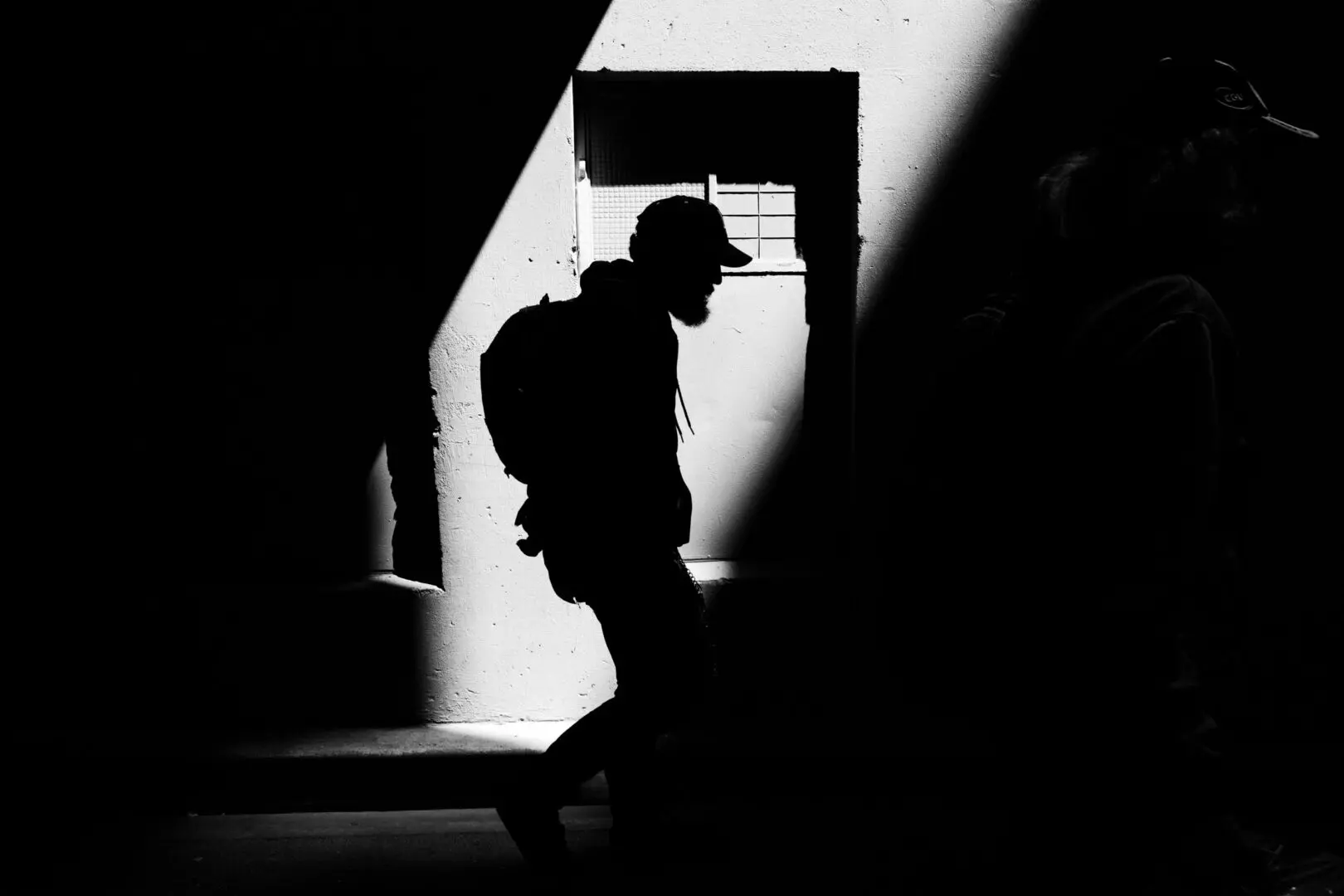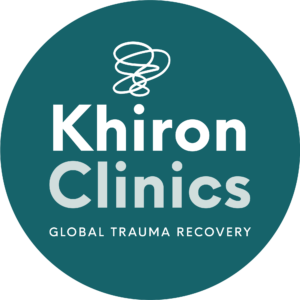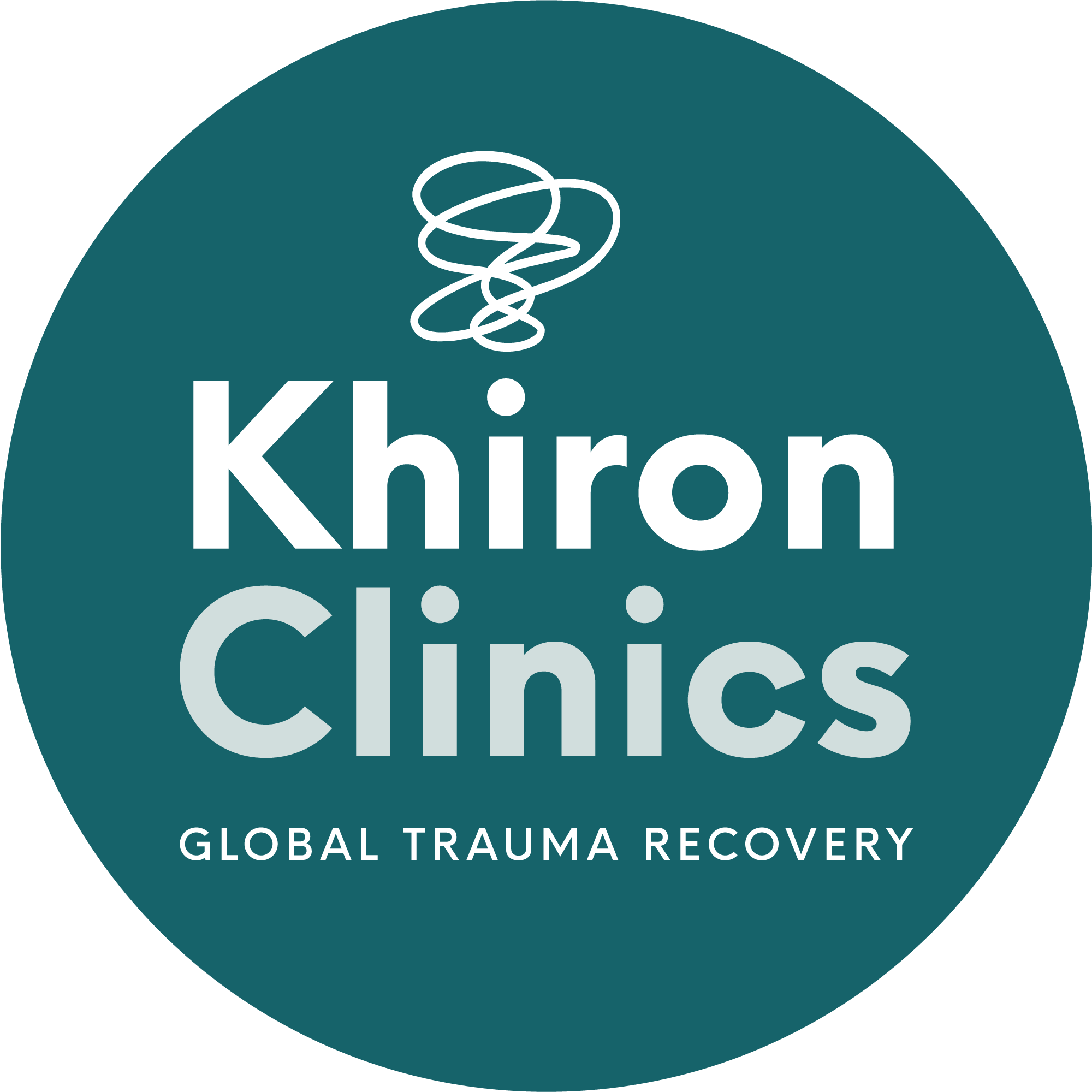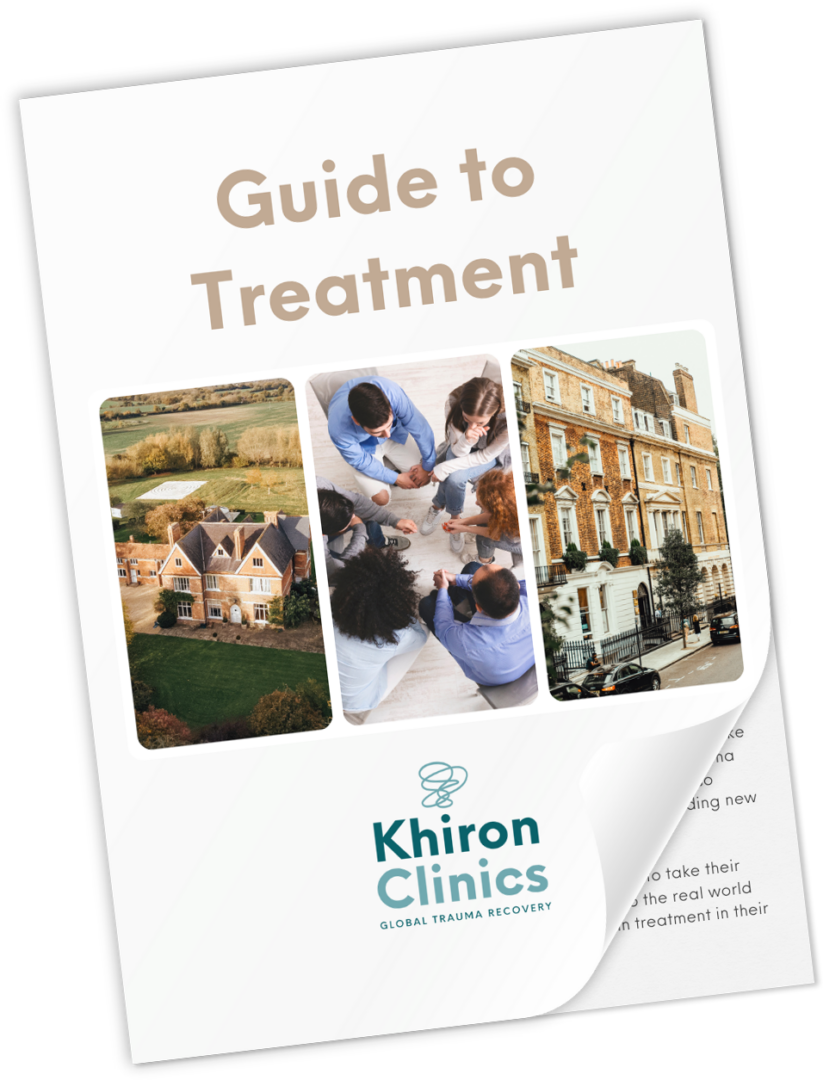Post-traumatic stress disorder, or PTSD, is a condition surrounded by many myths and misconceptions. Many people often link PTSD purely to war veterans. As the condition was only added to the DSM-III in 1980 – before this, it was known as shell-shock, soldier’s heart, and war neurosis – this could explain why.[1]
Thankfully, medical science and public knowledge have developed significantly since the 1980s, and the words trauma and PTSD are now deeply embedded in the popular lexicon. Dr Bessel van der Kolk’s book The Body Keeps The Score is a bestseller year on year, and we’ve seen celebrities such as Paris Hilton talking about their own trauma recovery journey.
However, despite the growing awareness of PTSD’s existence as a condition, there is still much misinformation about its symptoms. People assume that PTSD means you must be haunted by nightmares and wake up screaming in the night. While these are both valid symptoms, PTSD is much more complex.
All humans react differently to trauma, and misunderstanding this is dangerous as it can be a barrier to reaching out for help. In this blog, we explore three of the lesser-known PTSD symptoms.
Body Dysmorphia
Obsessive thoughts about one’s appearance characterise body dysmorphia or body dysmorphic disorder (BDD). These usually centre on small, sometimes imagined flaws such as acne, body weight, body hair.
Whether the flaw exists or not is largely irrelevant – either way, it causes intrusive thoughts, which are highly distressing. Attempting to hide these perceived flaws can often impact people’s social, romantic, and professional lives.
BDD should not be confused with eating disorders such as anorexia or bulimia, although they can co-occur. The same can be said for obsessive-compulsive disorder (OCD).
Body Dysmorphia and Trauma
As with many mental health conditions, it’s hard to draw a distinct causative line between trauma and BDD. However, one study found that a considerable majority (75%) of people with a BDD diagnosis had also experienced some form of trauma in their childhood.[2] It seems that the most significant risk factor for BDD is emotional neglect – although physical and sexual abuse also ranks highly.
This is shocking but not surprising – as children, we tend to internalise things and assume they’re our fault. If we’re subjected to abuse by a caregiver – someone we’re meant to be able to trust – we think that somehow we’re at fault. It follows logically that if we grow up with the mistaken belief we’re inherently bad, our perception of our body could be affected.
It is also thought that BDD could function as a maladaptive coping disorder for the symptoms of PTSD, such as anxiety and depression. When we’re fixated on our perceived flaws, we’re distracted from our past.[3]
Physical Pain and PTSD
PTSD shouldn’t just be thought of as another mental health condition. Brain scans can observe physical, structural changes in trauma survivors’ hippocampus and ventromedial prefrontal cortex (vmPFC).[4] These parts of the brain are responsible for episodic memory and value-based decision making, which means trauma survivors often have trouble distinguishing between the past and the present.[5]
This can lead to our bodies feeling like they are under threat, even when they aren’t. When under threat, our body sends out vast amounts of adrenaline, our muscles tense up, and we feel alert. However, we are only designed to be in threat response for a short time, so this puts a massive amount of stress on our bodies. Our muscles being tense all the time can lead to musculoskeletal problems, and poor sleep prevents us from healing and regenerating.
When we’re in threat response, our sensitivity to pain increases. This evolved initially to help us detect danger as soon as possible, but in the body of the trauma survivor, it can make existing and new conditions seem both unending and even more intense.
Withdrawing Socially and PTSD
Our whole evolution is designed to keep us away from danger – most people know about fight, flight, and freeze. However, it’s not common knowledge that socialising also helps us avoid threats – Prof. Stephen Porges’ Polyvagal Theory states that this is our first response to danger. After all, if the people around us like us, they won’t want to hurt us.
PTSD can cause us to cycle through this threat response faster than we should – trauma survivors often find themselves highly anxious or withdrawn in situations with people. This can be baffling for the trauma survivor, so it’s not uncommon for people to withdraw socially as a response.
Humans are not meant to be solitary creatures – being lonely puts a heavy burden on us emotionally, physically, and behaviourally.[6] We naturally strive to connect with others, so it’s common to find people using maladaptive coping strategies, such as substance use when we feel unable to.
To Conclude
To foster a society where healing from trauma is normalised, it first needs to be understood. By dispelling some of the myths surrounding PTSD, you can also be a part of this much-needed change.
By increasing awareness of the myriad of symptoms that PTSD can cause, rather than the more dramatic effects displayed in popular media, hopefully, more people will reach out to get the help they deserve.
If you have a client or know of someone struggling to heal from psychological trauma, reach out to us at Khiron Clinics. We believe that we can improve therapeutic outcomes and avoid misdiagnosis by providing an effective residential program and outpatient therapies addressing underlying psychological trauma. Allow us to help you find the path to realistic, long-lasting recovery. For more information, call us today. UK: 020 3811 2575 (24 hours). USA: (866) 801 6184 (24 hours).
Sources:
[1] Crocq, M A, and L Crocq. “From shell shock and war neurosis to posttraumatic stress disorder: a history of psychotraumatology.” Dialogues in clinical neuroscience vol. 2,1 (2000): 47-55. doi:10.31887/DCNS.2000.2.1/macrocq
[2] Didie, Elizabeth R et al. “Childhood abuse and neglect in body dysmorphic disorder.” Child abuse & neglect vol. 30,10 (2006): 1105-15. doi:10.1016/j.chiabu.2006.03.007
[3] Grant, Jon E, and Katharine A Phillips. “Recognizing and treating body dysmorphic disorder.” Annals of clinical psychiatry : official journal of the American Academy of Clinical Psychiatrists vol. 17,4 (2005): 205-10. doi:10.1080/10401230500295313
[4] Bremner, J Douglas. “Neuroimaging in posttraumatic stress disorder and other stress-related disorders.” Neuroimaging clinics of North America vol. 17,4 (2007): 523-38, ix. doi:10.1016/j.nic.2007.07.003
[5] Weilbächer, Regina A, and Sebastian Gluth. “The Interplay of Hippocampus and Ventromedial Prefrontal Cortex in Memory-Based Decision Making.” Brain sciences vol. 7,1 4. 29 Dec. 2016, doi:10.3390/brainsci7010004
[6] Hämmig, Oliver. “Health risks associated with social isolation in general and in young, middle and old age.” PloS one vol. 14,7 e0219663. 18 Jul. 2019, doi:10.1371/journal.pone.0219663






